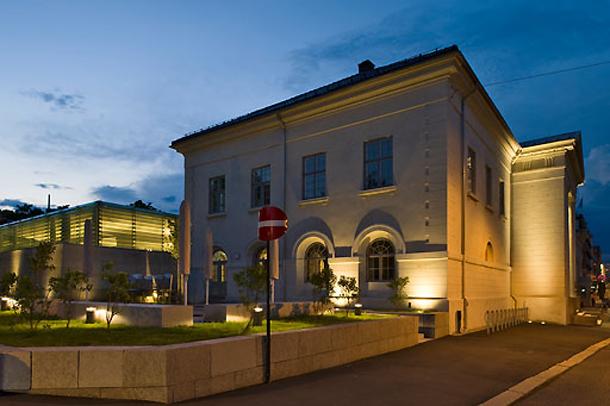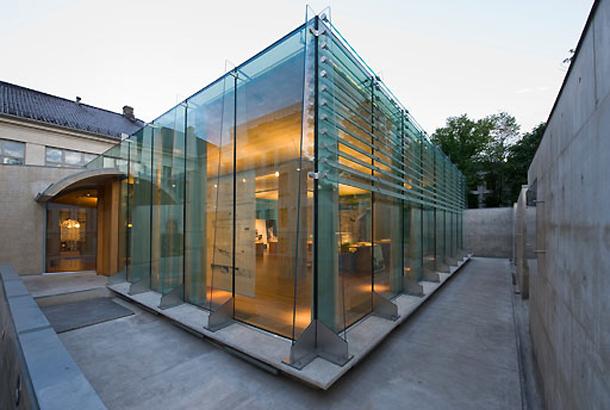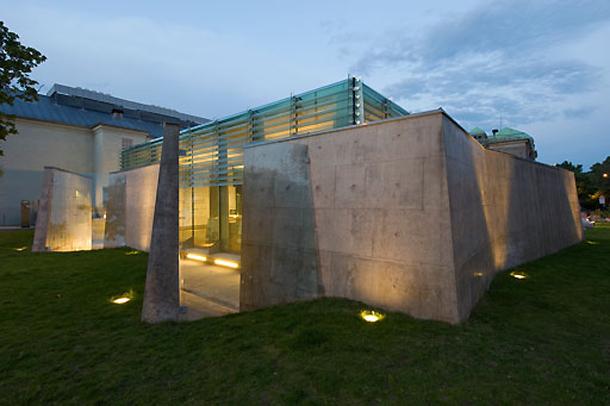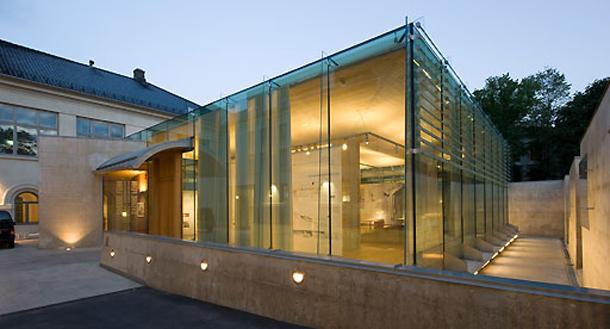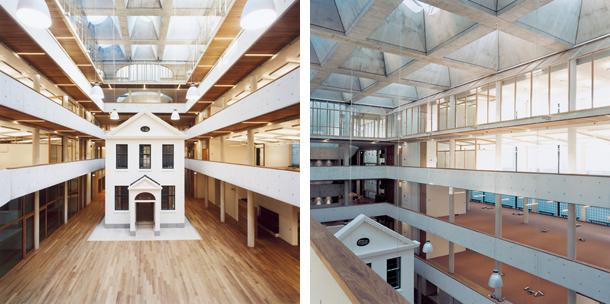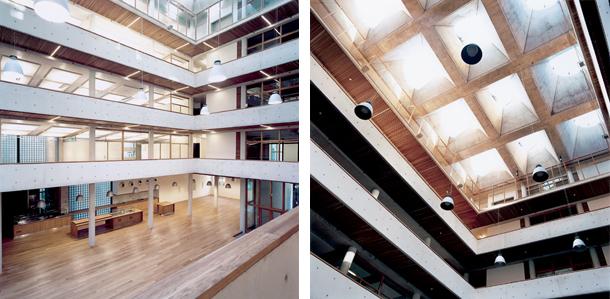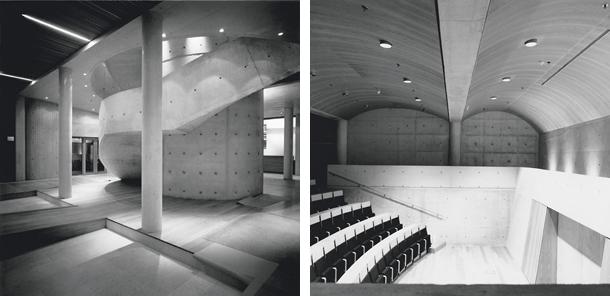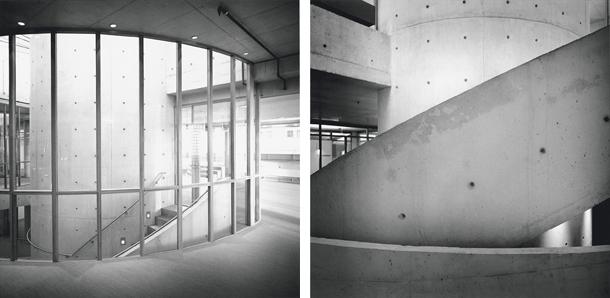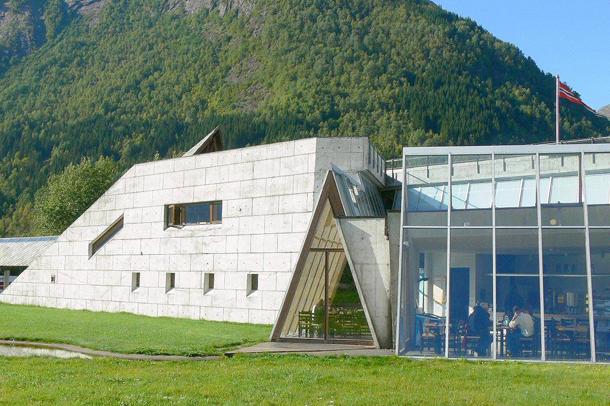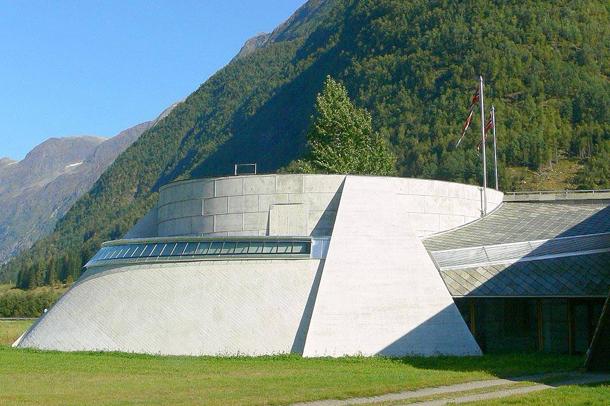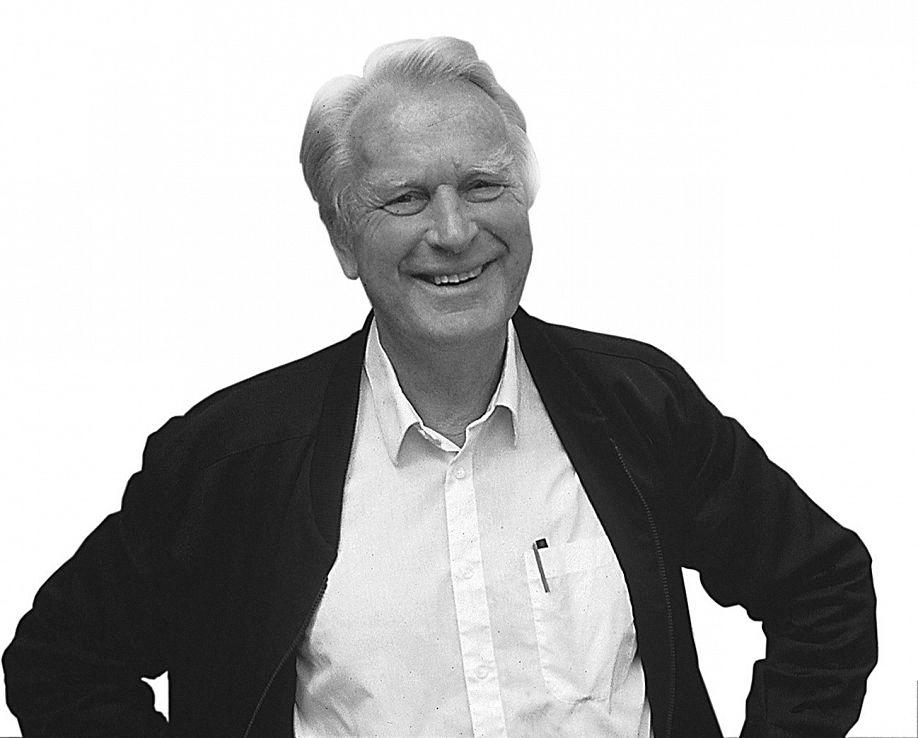
Sverre Fehn, Norwegian architect. Winner of the Pritzker Architecture Prize + Heinrich Tessenow gold medal. He, like many of his contemporaries in the post World War II landscape, pursued a modern aesthetic in his work. Before his death in 2009, he was widely seen as the most prominent architect in Norway.
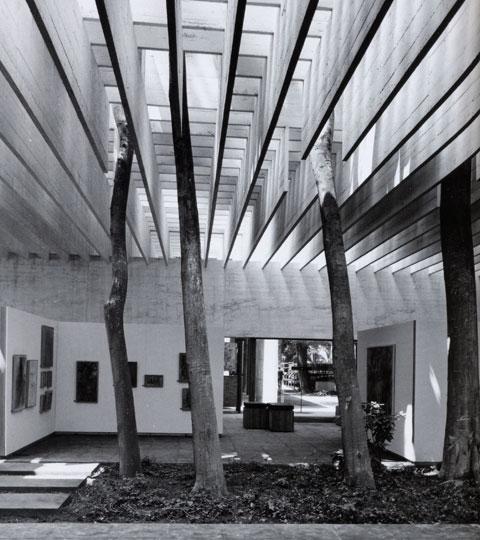
“I always thought I was running away from traditional Norwegian architecture, but I soon realized that I was operating within its context,” he said on receiving the Pritzker Prize. “How I interpret the site of a project, the light and the building materials have a strong relationship to my origins.”
The reason for Mr. Fehn’s lack of celebrity is twofold. Many of his greatest buildings — like the Norwegian Glacier Museum, located at the end of Norway’s longest fjord, about 250 kilometers inland from Bergen — are in especially remote parts of an already remote country. And his self-effacing persona made him entirely ill-suited to the p.r.-saturated world of globalized starchitecture.
Mr. Fehn forged a body of work that was essentially a private investigation into the light and landscapes he saw every day at home in Oslo. His Glacier Museum, finished in 1991 and widely considered his masterpiece, is the inverse of Frank Gehry’s shimmering, towering Guggenheim Museum; it draws attention away from itself, and away from the architect, into the glaciers that dwarf it.
Wall Street Journal
This philosophy was reflected in the Nordic Pavilion at the 1962 Venice Biennale, a concrete structure built around trees, with openings in the roof to admit natural light; and in the Glacier Museum (1991) at the mouth of the Fjaerland Fjord in Norway, which Mr. Fehn conceived as a rock lying against the surrounding mountains.
“When I build on a site in nature that is totally unspoiled, it is a fight, an attack by our culture on nature,” he said. “In this confrontation, I strive to make a building that will make people more aware of the beauty of the setting, and when looking at the building in the setting, a hope for a new consciousness to see the beauty there, as well.”
